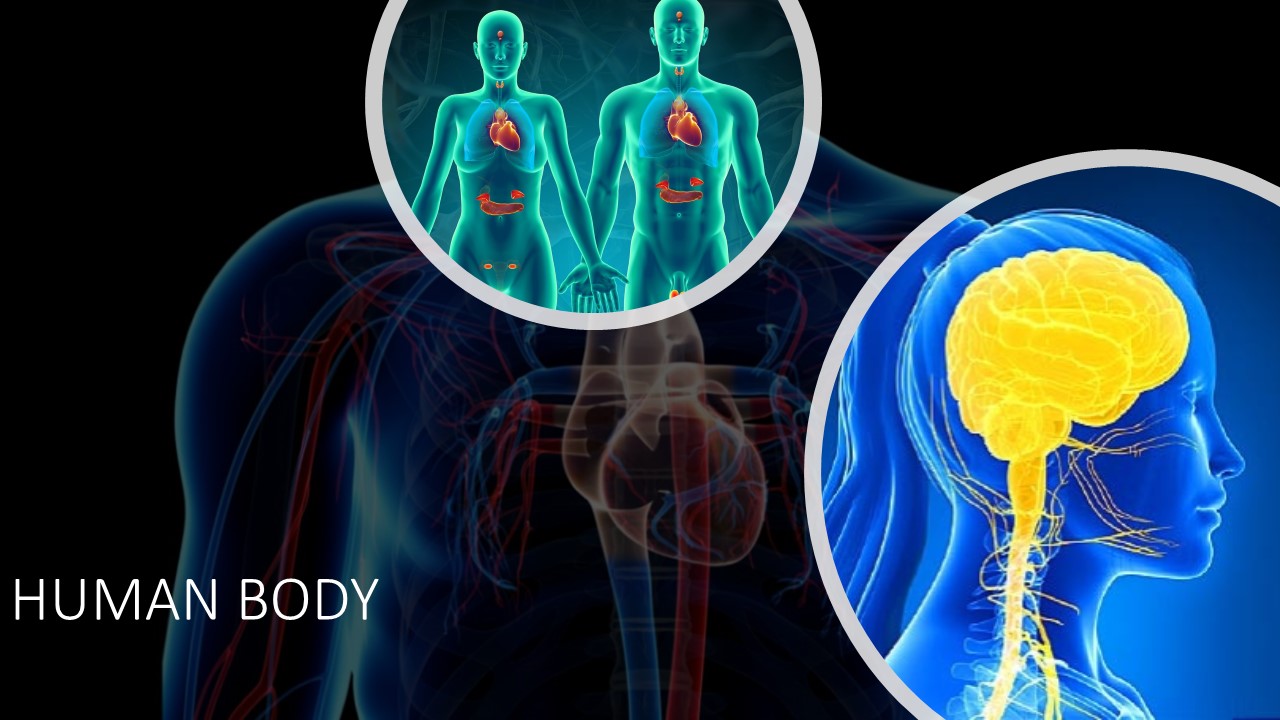0 (0 Ratings)
STD VIII – HUMAN BODY (Online)
Course Duration:
0
Enrolled:0

About Course
In this section will learn this following chapters:L
1.ENDOCRINE SYSTEM
2.CIRCULATORY SYSTEM
3.NERVOUS SYSTEM
Course Curriculum
ENDOCRINE SYSTEM
-
04:39
-
QUIZ – ENDOCRINE SYSTEM 1 – LET’S RECALL
CIRCULATORY SYSTEM
NERVOUS SYSTEM
-
01:47
-
00:53
-
QUIZ – NERVOUS SYSTEM > REFLEX ACTION AND REFLEX ARC
-
QUIZ – NERVOUS SYSTEM >CLASSIFICATION – NEUROUS
-
04:35
-
04:35
A course by
Student Ratings & Reviews

No Review Yet
Free
Free
Free access this course
-
LevelIntermediate
-
Last UpdatedFebruary 11, 2022
-
CertificateYes
Hi, Welcome back!
30-Days Money-Back Guarantee
Material Includes
-
Live Interactive classes with in-class doubt solving
-
Weekly Test and Quiz with instant tracking for progress
-
Revision of the course after testing
-
Fortnightly Parents and Tutor interactions
-
Expert monitoring of student's learning progress
-
Daily communication over call, whatsapp and mail
-
3 hours on-demand video
-
4 downloadable resources
-
Access for entire Academic Year
-
Access on mobile and Desktop
-
Assignments and review of the same
-
Tests and Correction by Board paper checkers
-
Certificate of completion and Live tracking with Grade book
Target Audience
- <!-- wp:heading -->
- <h2><strong>Endocrine system - Hormones</strong></h2>
- <!-- /wp:heading -->
- <!-- wp:paragraph -->
- <p>An endocrine system is a group of glands of a living being which secrete hormones directly into the circulatory system which in turn will be carried forward to distant target organs. Some of the major endocrine glands are the pituitary gland, pineal gland, ovaries, pancreas, testes, parathyroid gland, thyroid gland, and adrenal glands.</p>
- <!-- /wp:paragraph -->
- <!-- wp:paragraph -->
- <p>The human endocrine system, together with the heterocrine and exocrine glands helps in the control and co-ordination of the body. Both the nervous and the endocrine systems together form the neuro-endocrine system. The chemical messengers secreted by glands are known as hormones. Each hormone generally affects the target cells and controls physiology and behaviour. <strong>Hormones have various chemical structures</strong>.</p>
- <!-- /wp:paragraph -->
- <!-- wp:paragraph -->
- <p>General features of endocrine glands</p>
- <!-- /wp:paragraph -->
- <!-- wp:paragraph -->
- <p><strong>Ductless glands:</strong> secretions are poured directly from gland into the bloodstream.</p>
- <!-- /wp:paragraph -->
- <!-- wp:paragraph -->
- <p>Secretions are called <strong>hormones</strong>.</p>
- <!-- /wp:paragraph -->
- <!-- wp:paragraph -->
- <p>Functions and effects of hormones are highly specific.</p>
- <!-- /wp:paragraph -->
- <!-- wp:paragraph -->
- <p>Responsible for <strong>chemical co-ordination</strong> of body.</p>
- <!-- /wp:paragraph -->
- <!-- wp:heading -->
- <h2><strong>Blood Circulatory System</strong></h2>
- <!-- /wp:heading -->
- <!-- wp:paragraph -->
- <p>Functions and components of the circulatory system</p>
- <!-- /wp:paragraph -->
- <!-- wp:paragraph -->
- <p>To provide nutrients and remove wastes- different methods are seen, for example:</p>
- <!-- /wp:paragraph -->
- <!-- wp:paragraph -->
- <p>Simple organisms such as amoeba, algae- diffusion.</p>
- <!-- /wp:paragraph -->
- <!-- wp:paragraph -->
- <p>Complex organisms – transport system or circulatory system.</p>
- <!-- /wp:paragraph -->
- <!-- wp:paragraph -->
- <p>Transport/Circulatory System in humans is a closed system because circulatory fluid – blood – is always contained inside the blood vessels.</p>
- <!-- /wp:paragraph -->
- <!-- wp:paragraph -->
- <p>Three main components of the circulatory system:</p>
- <!-- /wp:paragraph -->
- <!-- wp:paragraph -->
- <p><strong>Heart.</strong></p>
- <!-- /wp:paragraph -->
- <!-- wp:paragraph -->
- <p><strong>Blood vessels.</strong></p>
- <!-- /wp:paragraph -->
- <!-- wp:paragraph -->
- <p><strong>Blood.</strong></p>
- <!-- /wp:paragraph -->
- <!-- wp:heading -->
- <h2><strong>Nervous system and Sense Organs</strong></h2>
- <!-- /wp:heading -->
- <!-- wp:paragraph -->
- <p>The Nervous system consists of the brain, spinal cord, sensory organs, and all of the nerves that connect these organs to the rest of the body.</p>
- <!-- /wp:paragraph -->
- <!-- wp:paragraph -->
- <p>The entire nervous system can be divided into two subsystems, namely, central nervous system and peripheral nervous system.</p>
- <!-- /wp:paragraph -->
- <!-- wp:paragraph -->
- <p><strong>The Central nervous system</strong>: is made up of the brain, spinal cord, and a highly complex network of neurons.</p>
- <!-- /wp:paragraph -->
- <!-- wp:paragraph -->
- <p><strong>The Peripheral nervous system:</strong> consists of sensory neurons, ganglia, and nerves that connect to one another and to the central nervous system.</p>
- <!-- /wp:paragraph -->
- <!-- wp:paragraph -->
- <p>The basic functioning of the nervous system depends on tiny cells called neurons. The brain has billions of them, and they have many specialized jobs.</p>
- <!-- /wp:paragraph -->


